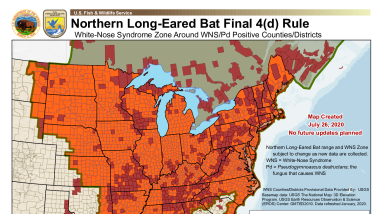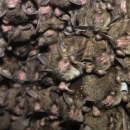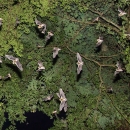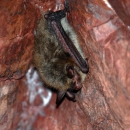Image

Regional Section 6 Coordinator
Ecological Services
Additional Role(s)
Region 3 ES GIS and Data Management Coordinator,
GLRI TE Template Coordinator,
CPG MSHCP Assistant Coordinator
Expertise
Section 6,
Data Management,
GIS,
GLRI TE Template,
Natural Heritage Data
Area
IL
IN
IA
OH
MI
MN
MO
WI




